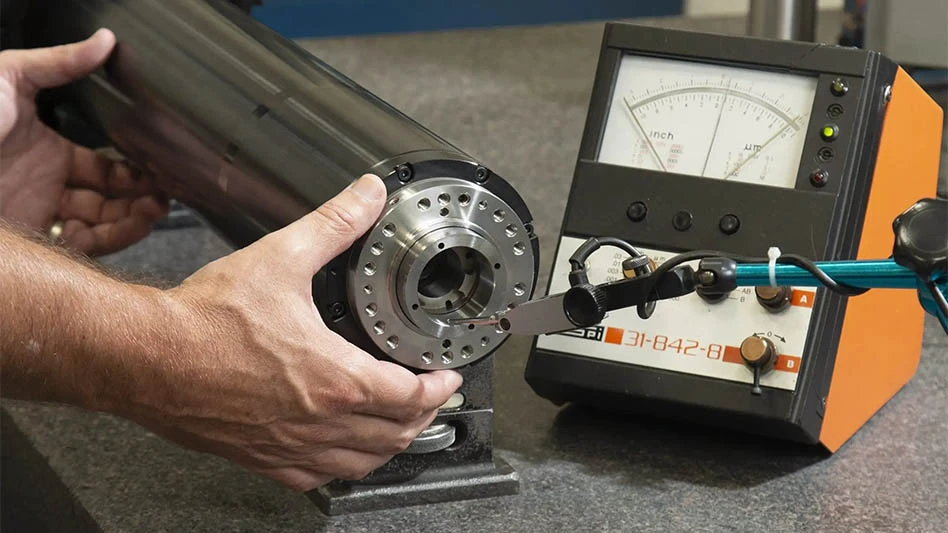
Hawthorne, California – Space Exploration Technologies Corp. (SpaceX) chief designer and CEO Elon Musk has unveiled the Dragon V2 capsule designed to carry crew to the International Space Station (ISS). The event at the company’s Hawthorne, Calif., headquarters on the evening of May 29 had Musk on stage before an enthusiastic crowd, revealing the capsule from behind a curtain, accompanied by fog effects, special lighting, and a countdown.
Dragon Version 2 has been developed from experience with the first Dragon spacecraft that has flown in space successfully and returned to Earth via parachute.
Dragon V2, equipped with four groups of downward-aiming thrusters, is “a step-change in spacecraft technology,” said Musk, since the spacecraft is designed to “land anywhere on Earth with the accuracy of a helicopter” by using rocket thrusters. It will be capable of carrying seven astronauts for several days.
Version 2 still retains the parachutes of Dragon 1 for a safe landing in the event of any anomaly in the propulsion system, but if it can verify the landing engines all work, it deploys the landing legs and uses four pairs of thrusters for a soft touchdown. The capsule can still land safely without two of the eight engines, according to Musk. The thrusters allow rapid reusability of the spacecraft: “Just reload propellant and fly again,” Musk said. “As long as we continue to throw away rockets and spacecraft, we will never have true access to space.” He made the comparison to commercial aircraft, saying if aircraft were thrown away after every flight, almost no one could to afford to fly.
Other technologies include: a clam-shell door at the top of the capsule that conceals a docking mechanism that can dock autonomously with the ISS; a series of carbon-fiber titanium spheres to hold pressurized propellant; SuperDraco thruster engines; and a third-generation heat shield that ablates less, allowing more flights. Inside, two tiers of seats accommodate seven, with the pilot enjoying a large, overhead touch-screen display and joystick for operating the craft.
SpaceX announced two days earlier that it has completed qualification testing for the SuperDraco thruster, an engine that will power the Dragon spacecraft’s launch escape system and enable the vehicle to land propulsively on Earth or another planet with pinpoint accuracy.
The qualification testing program took place during the last month at SpaceX’s Rocket Development Facility in McGregor, Texas. The program included testing across a variety of conditions including multiple starts, extended firing durations, and extreme off-nominal propellant flow and temperatures.
The SuperDraco is an advanced version of the Draco engines currently used by SpaceX’s Dragon spacecraft to maneuver in orbit and during re-entry. SuperDracos will be used on the crew version of the Dragon spacecraft as part of the vehicle’s launch escape system; they will also enable propulsive landing on land. Each SuperDraco produces 16,000 lb of thrust and can be restarted multiple times if necessary. In addition, the engines have the ability to deep throttle, providing astronauts with precise control and power.
The SuperDraco engine chamber is manufactured using state-of-the-art direct metal laser sintering (DMLS), a form of 3D printing. The chamber is regeneratively cooled and printed in Inconel, a high-performance superalloy that offers both high strength and toughness for increased reliability.
“Through 3D printing, robust and high-performing engine parts can be created at a fraction of the cost and time of traditional manufacturing methods,” said Musk. “SpaceX is pushing the boundaries of what additive manufacturing can do in the 21st century, ultimately making our vehicles more efficient, reliable, and robust than ever before.”
Unlike previous launch escape systems that were jettisoned after the first few minutes of launch, SpaceX’s launch system is integrated into the Dragon spacecraft. Eight SuperDraco engines built into the side walls of the Dragon spacecraft will produce up to 120,000 lb of axial thrust to carry astronauts to safety should an emergency occur during launch.
As a result, Dragon will be able to provide astronauts with the ability to escape from danger at any point during the ascent trajectory, not just in the first few minutes. In addition, the eight SuperDracos provide redundancy, so that even if one engine fails, an escape can still be carried out successfully.
The first flight demonstration of the SuperDraco will be part of the upcoming pad abort test under NASA’s Commercial Crew Integrated Capabilities (CCiCap) initiative. The pad abort will be the first test of SpaceX’s new launch escape system and is currently expected to take place later this year.
SpaceX is a private company owned by management and employees, with minority investments from Founders Fund, Draper Fisher Jurvetson, and Valor Equity Partners. The company has more than 3,000 employees in California, Texas, Washington, D.C., and Florida.
Source: SpaceX
Latest from Aerospace Manufacturing and Design
- Qatar Airways orders up to 210 Boeing widebody jets
- Digital test indicator offers larger measuring ranges
- AviLease orders up to 30 Boeing 737 MAX jets
- 256-piece general maintenance tool kit
- JetZero all-wing airplane demonstrator achieves milestones
- Cermet indexable inserts for medium turning operations
- Trelleborg acquires Aero-Plastics
- Industrial automation products, enclosed encoders





